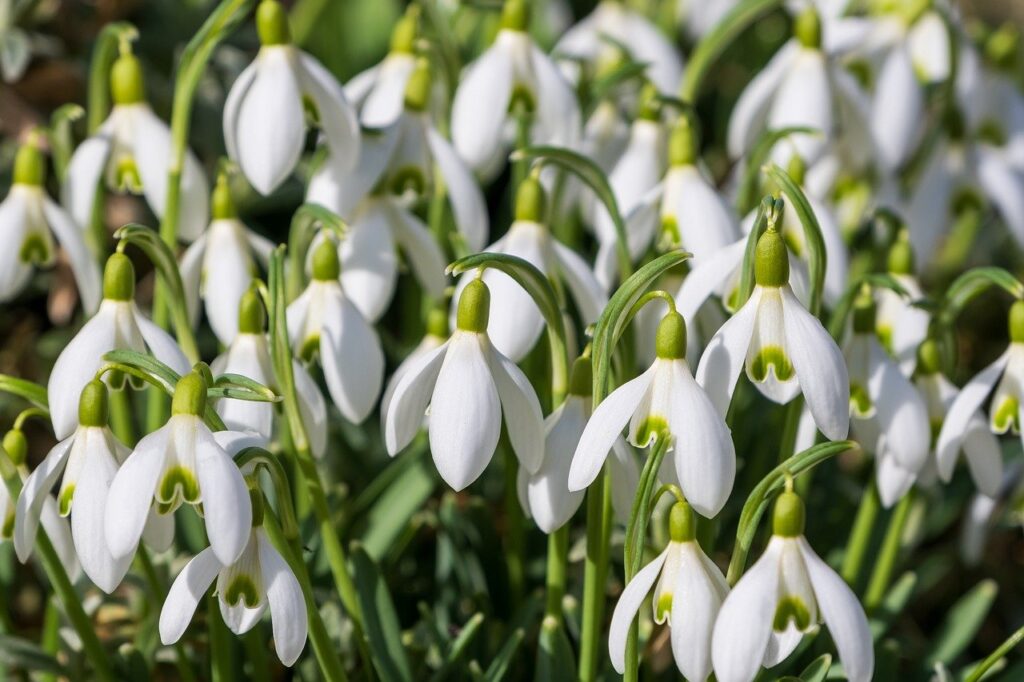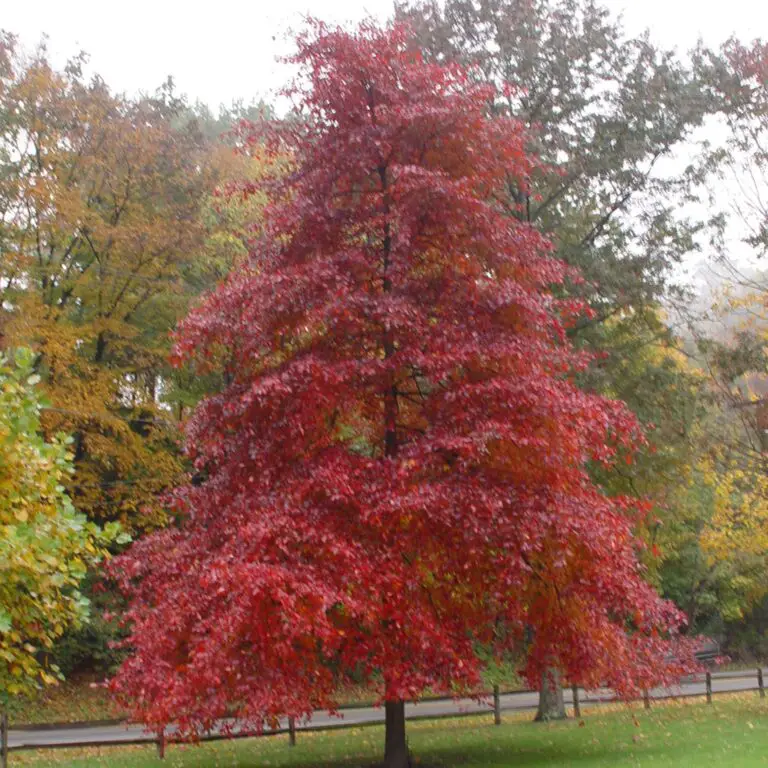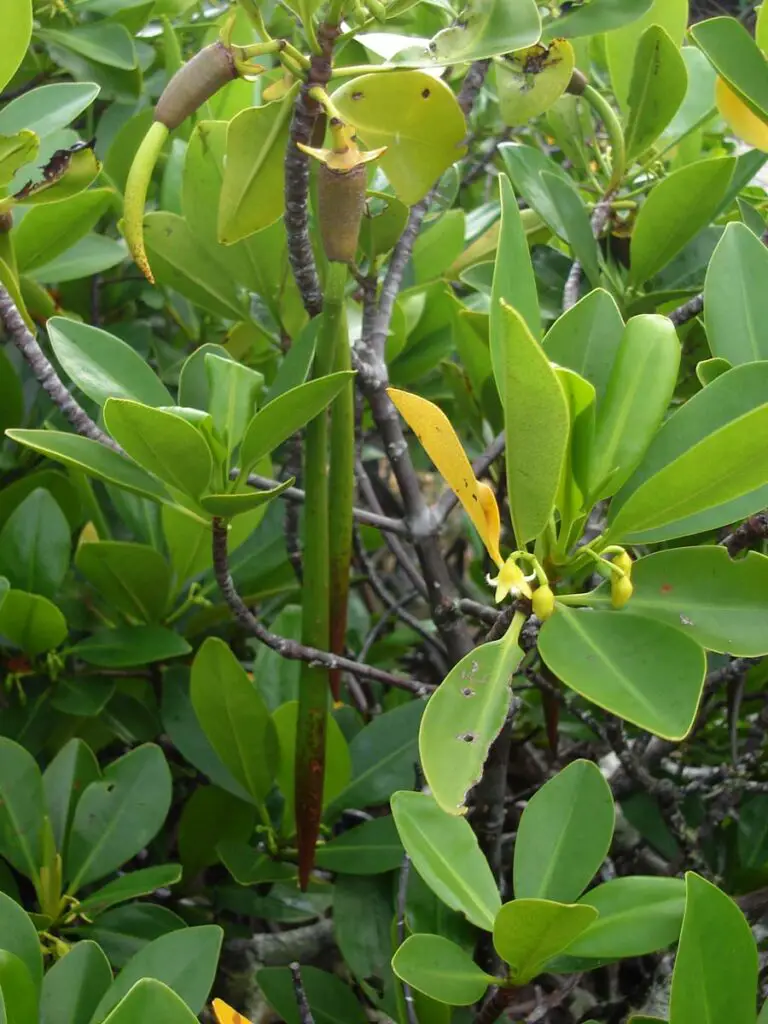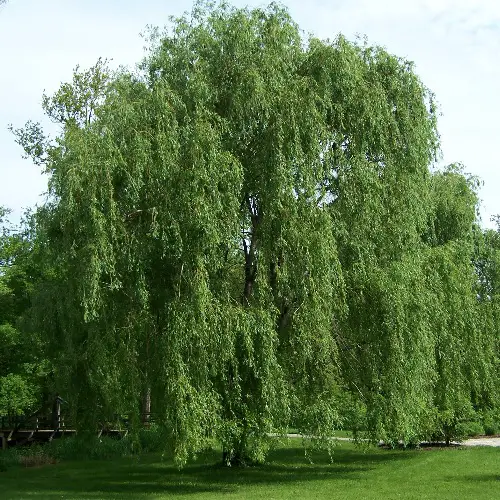Whispers of the Cottonwoods: Embracing the Grace and Resilience of Populus spp. in Garden Environments
The Cottonwood, echoing its name with soft, sibilant shiver of leaves, is a tree rooted deep in history and beloved for its grace and resilience. Once described as pillars within the garden of a greater civilization, the Populus genus extends an invitation to weave its story and significance into the rich tapestry of your garden. For enthusiasts seeking to connect with nature, foster wildlife, and craft an enduring landscape, the presence of Populus spp. holds profound promise.
Here, we take a sylvan stroll through the world of Populus spp., exploring their familial tapestry, benefits in garden settings, and the art of integrating these arboreal sentinels into varied garden designs.

The Populus spp. Family
Populus spp., the genus of the Cottonwoods, encompasses a family of trees that have long been celebrated for their stately presence. The family includes monumental members such as the Eastern Cottonwood (Populus deltoides), the Black Cottonwood (Populus trichocarpa), and the Freemont Cottonwood (Populus fremontii).
Each species bears unique features that distinguish it within the Populus lineage. The Eastern Cottonwood, for instance, boasts an impressive stature and can reach over 100 feet in height. The Black Cottonwood, on the other hand, spreads its broad canopy with glossy, ovate leaves that cast silvery reflections in the light.
Characterized by their resilience to harsh conditions, Populus spp. are well adapted to survive and thrive, even in the face of adversity. Their propensity for rapid growth and the ability to flourish in a variety of soils marks them as valuable contributors in both urban and natural landscapes.
The Cottonwood, in particular, with its heart-shaped leaves and distinctive fluff-filled capsular fruits, lends a timeless charm to the settings it graces. Known for the ethereal quality of light that filters through its leaves and the life-affirming murmur of its foliage in the wind, it stands as a cultural and ecological touchstone.
Benefits of Growing Populus spp. in Gardens
The expansive benefits of introducing Populus spp. into garden environments are as varied as the trees themselves. These noble trees offer much more than mere ornamentation; they play a crucial role in the health and vitality of a garden ecosystem.
Shade Provision and Cooling Effects
Populus spp., with their lofty crowns and wide-reaching branches, excel at providing shade on a sizzling summer day. Their dense canopies intercept sunlight, reducing the amount of heat that reaches the ground below. This shading effect can significantly lower ambient temperatures, making your outdoor spaces more comfortable and inviting. In addition, their transpirational cooling — particularly in the case of water-loving species like the Fremont Cottonwood — can actively alleviate the summer swelter.

Soil Stabilization and Erosion Control
The Cottonwoods’ questing roots tirelessly work to secure the soil, making them invaluable in areas prone to erosion. Their mats of fibrous roots intertwine into a net that holds the earth in place even through the fiercest storms. For gardeners contending with eroding hillsides or water-etched gullies, Populus spp. are formidable allies in the battle to maintain the structural integrity of their landscape.
Wildlife Habitat Creation
Populus spp. foster a rich environment teeming with life. Their sprawling branches provide nesting sites for a multitude of bird species, and the insects that are attracted to Cottonwood leaves, catkins, and buds form a crucial part of the avian diet. Beyond the avian realm, these trees also support a variety of mammals, amphibians, and other flora and fauna that contribute to the interconnected web of life within the garden.
Aesthetic Appeal and Seasonal Interest
From the mesmerizing descent of their cottony seeds in spring to the golden fall foliage that imparts a warm glow to autumnal landscapes, Populus spp. offer year-round aesthetic enjoyment. The transitions of the seasons are vividly marked by their changing hues, inflorescences, and other visual delights, ensuring a dynamic and engaging garden tableau.
Caring for Populus spp. in Home Gardens
While the Populus spp. are hardy and adaptive, they still benefit from thoughtful care and consideration in the domestic garden.
Ideal Growing Conditions and Maintenance Tips
Populus spp. flourish in full sun and moist, well-drained soil. To provide an environment conducive to their growth, regular watering, particularly in the initial stages of planting, is essential. Mulching around the base of the tree helps retain moisture and suppress weeds. An annual layer of organic compost enriches the soil, feeding the tree and promoting robust development.
Pruning Techniques for Optimal Growth
Correct pruning is pivotal in guiding the growth of Populus spp. and maintaining their health. Remove any dead, damaged, or diseased wood as part of regular maintenance. To prevent water sprouts — quick-growing, vertical branches — it’s wise to establish a pattern of pruning when the tree is young. Be sure to also prune for shape and structure, aiming to maintain a strong central leader and well-spaced lateral branches.
Pest and Disease Management
The health of the Cottonwood can be affected by a few select pests, notably the Cottonwood borer and aphids, which can lead to honeydew and sooty mold development. While the borer infestation can be severe, aphids and sooty mold, while unsightly, rarely cause significant harm to mature trees. Addressing these issues may involve soil management, proper tree care, and, in severe cases, the implementation of integrated pest management techniques.
Incorporating Populus spp. in Garden Designs
The art of incorporating Populus spp. into garden designs is a reflection of creativity and sensibility. Considerations of scale, proportion, seasonal variations, and the trees’ unique characteristics mingle to create inspired landscapes.
Landscape Design Ideas and Combinations with Other Plants
Populus spp. singularly or in groups make striking focal points or natural dividers in a garden. Their verticality can be used to frame vistas while providing an open visual flow. Pairing them with plants that complement their color and texture, such as ornamental grasses, can magnify their impact. For a naturalistic look, think of combining with other native species to emulate the charm of local woodlands.
Creating a Sustainable Garden Ecosystem with Populus spp.
By integrating Populus spp. into your garden, you’re not simply adding a decorative element; you’re contributing to the sustainability of the ecosystem. The carbon sequestration, the promotion of pollinators and the generation of a fertile habitat for various organisms are yet further reasons to integrate these trees into your garden scheme.
Tips for Integrating These Trees into Different Garden Styles
From the formal parterre to the wildness of a meadow garden, the Cottonwood can find a home in a variety of garden styles. The key lies in respecting the context and scale of the space. In contemporary gardens, the architectural form of the tree can be emphasized, while in cottage gardens, the charm of its natural habit can be celebrated in more relaxed forms.
Conclusion
The story of Populus spp. in garden environments is one of partnership and growth. These trees stand as icons of resilience and grace, offering a multitude of benefits to those who choose to cultivate them. Whether it’s the splash of greenery against a cityscape, the tranquil refuge of a shaded bower, or the bustling life of a thriving ecosystem, the presence of Populus spp. weaves enchantment into every garden they inhabit. With proper care and thoughtful design, they become emblems of a sustainable and enduring landscape, leaving a lasting mark on both the environment and the beholder.
Garden enthusiasts are urged to explore the elegant and eco-friendly potential of Populus spp. They are not just trees for a garden but gateways to a deeper connection with the natural world, encouraging a shift towards a greener, more sustainable landscape. By planting these trees, we are not only enriching our personal sanctuaries but contributing to the broader movement of ecological stewardship.






